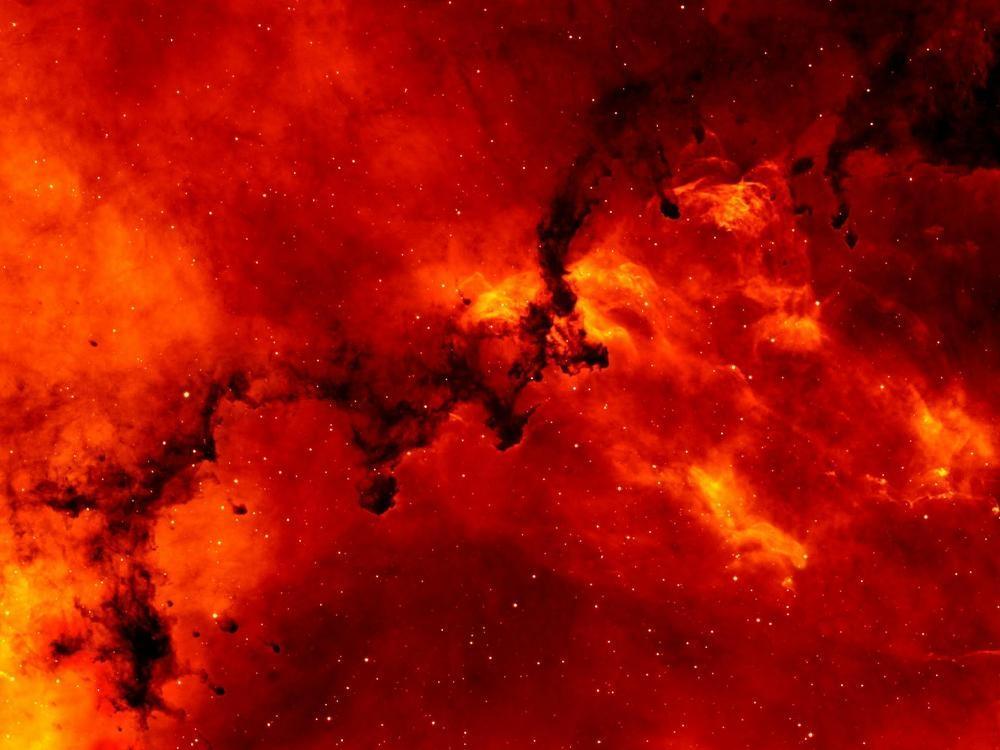Webb space telescope spots 'teenage' galaxies

More and more of the universe is being revealed to us thanks to advances in technology, with the latest being the revelation of what is being dubbed as “teenage” galaxies.
Reuters reports that the James Webb telescope has obtained data on galactic “teenagers”, which are galaxies that are further along in development compared to the earlier galaxies that the James Webb telescope had first observed since becoming operational. These teenage galaxies are galaxies that formed two to three billion years after the Big Bang and are still growing. According to Allison Strom, a professor of physics and astronomy at Northwestern University in Illinois and lead author of the study on the findings published in the Astrophysical Journal Letters, these galaxies have “unique chemical DNA”.
Unlike older galaxies, these teenage galaxies have hotter gasses in their stellar nurseries - star-forming regions - with temperatures as high as 13,350 degrees Celsius.
"The temperature in these parts of galaxies is dominated by the young stars and the properties of the gas, so finding a different temperature means that there is something different about the stars and gas in the teenage galaxies," Strom said.
Eight elements were also observed in these galaxies -- hydrogen, helium, oxygen, nitrogen, sulfur, argon, nickel, and silicon. There may be other elements than these eight present in these galaxies, but they have not been detected so far. According to Strom, studying the chemical composition of these galaxies enriches our understanding of the universe.
"Because elements heavier than hydrogen and helium are predominantly formed in stars, knowing what galaxies are made of tells us about how many stars they formed in the past and how quickly that happened," Strom said.
These teenage galaxies are just the latest cosmic discoveries made in the past few months. Earlier this month, scientists found oxygen in the atmosphere of Venus. The thin layer of atomic oxygen is sandwiched between two other layers of the Venusian atmosphere, which is 96.5 percent carbon dioxide. The layer of atomic oxygen was discovered using an instrument aboard the SOFIA airborne observatory.
Back in October, samples recovered from the asteroid Bennu were discovered to have carbon and water. The samples arrived on Earth last September, brought by the US space probe OSIRIS-Rex that was launched in 2016 to harvest samples from Bennu. The probe was sent to Bennu as scientists hoped the asteroid would have some of life's building blocks.
Back in June. findings from NASA's Cassini probe revealed that phosphorus - one of life's building blocks - exists in the ocean beneath the ice of Saturn's moon Enceladus, the first time phosphorus has been discovered in an ocean beyond Earth.







